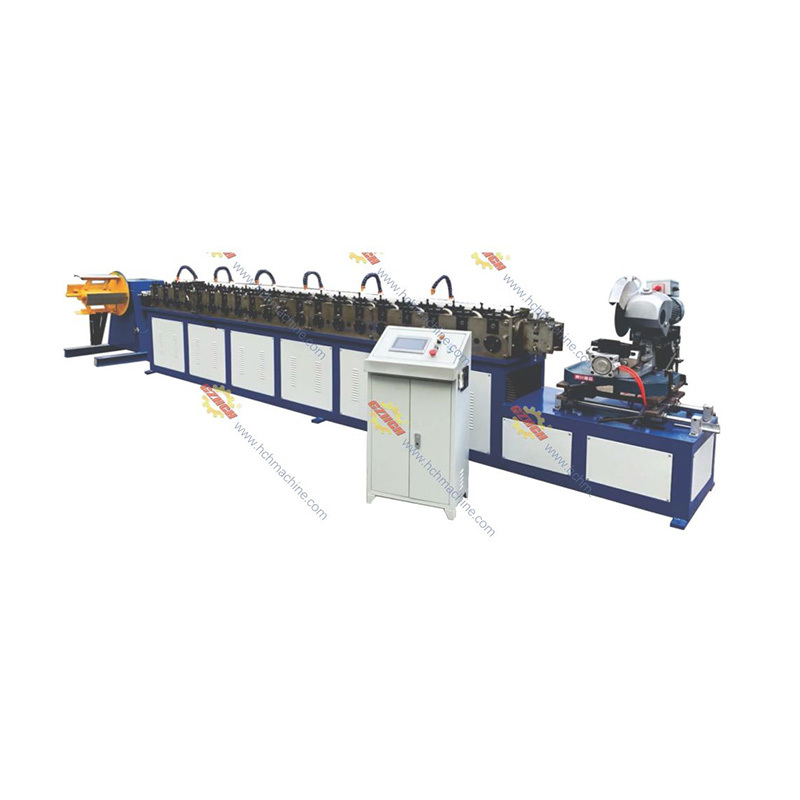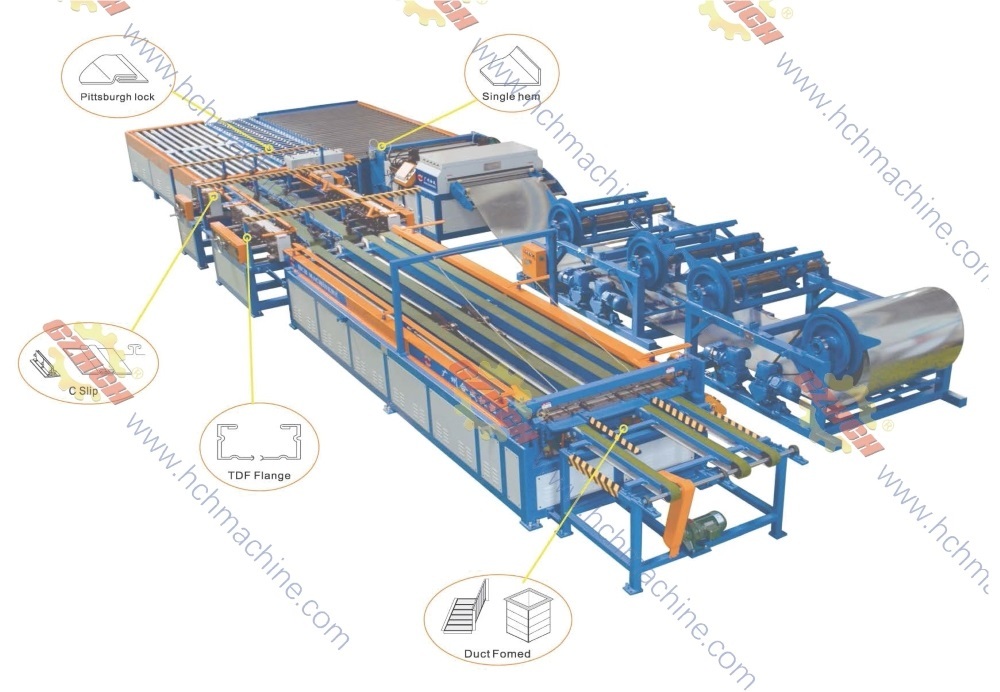Daily operation and precautions for fire damper equipment
Jan 04,2023
Most construction companies now install fire damper equipment as a precaution, but many are unaware of the daily operation and precautions for fire damper equipment. Let's learn about the daily operation and precautions for fire damper equipment!

The main purpose of fire damper equipment is to install equipment on the supply and return air ducts of ventilation and air conditioning systems. It is normally open and closes when the temperature of the flue gas in the duct reaches 70 degrees Celsius during a fire. It must meet the requirements of smoke leakage and fire resistance within the specified time to prevent smoke and fire.
Daily precautions for using fire damper equipment mainly include: When using a 70 electric fire damper, the fire damper equipment uses detectors to announce dynamics and lighting, print alarm content, convert fire signals from detectors in the area into audio-visual alarm signals, and simultaneously output signals to the central alarm controller.
After an alarm is issued by one circuit, press the mute button to mute. Even if the controller still receives an alarm signal from its electric fire damper circuit, the fire damper equipment will still sound and light an alarm. The active fire alarm system actively monitors fires and various faults, and this system is normally in a monitoring state. In the absence of fire or faults, operators cannot know whether these active monitoring functions are missing. The fire damper equipment receives fire and fault signals from alarm controllers in various areas, promptly indicates the location of the fire or fault area, and issues audio-visual alarm signals. We must always pay attention to this when using a 70 electric fire damper.
Daily Operation and Precautions for Fire Damper Equipment:
Most construction companies now install fire damper equipment as a precaution, but many are unaware of the daily operation and precautions for fire damper equipment. The main purpose of fire damper equipment is to install equipment on the supply and return air ducts of ventilation and air conditioning systems. It is normally open and closes when the temperature of the flue gas in the duct reaches 70 degrees Celsius during a fire. It must meet the requirements of smoke leakage and fire resistance within the specified time to prevent smoke and fire.
Daily precautions for using fire damper equipment mainly include: When using fire damper equipment, the fire damper equipment uses detectors to announce dynamics and lighting, print alarm content, convert fire signals from detectors in the area into audio-visual alarm signals, and simultaneously output signals to the central alarm controller.
After an alarm is issued by one circuit, press the mute button to mute. If, at this time, the controller still receives an alarm signal from its electric fire damper circuit, the electric fire damper will still sound and light an alarm. The active fire alarm system actively monitors fires and various faults, and this system is normally in a monitoring state. In the absence of fire or faults, operators cannot know whether these active monitoring functions are missing. The fire damper equipment receives fire and fault signals from alarm controllers in various areas, promptly indicates the location of the fire or fault area, and issues audio-visual alarm signals. We must always pay attention to this when using fire damper equipment.
The above is an introduction to the daily operation and precautions for fire damper equipment. For more information, please contact us!
PREVIOUS:
Consult Now
Email:
Service Hotline:
Scan code to consult:

Sales Consultation

After-sales Service Consultation
More News



